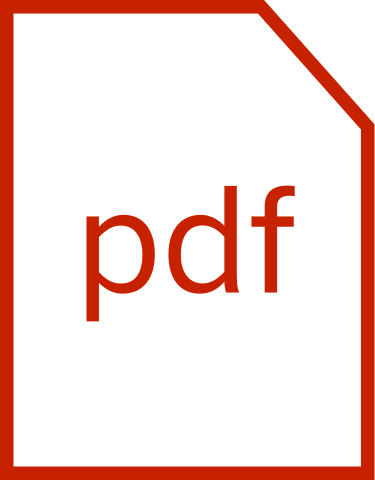Introducing NovaThreads®: Dissolvable PDO Threads for Skin Tightening and Lifting
(PRWEB) April 15, 2016 -- Recently, there has been an introduction of a subcutaneous and knotless technique with polydioxanone (PDO) material for office-based skin tightening and neocollagenesis (NU-MESH technique) and for lifting of the soft tissues of the skin and body (NU-LIFT technique). Now methods popular in many Asian and European countries can be utilized in the United States.
NovaThreads form a V-shape and are deployed in a hypodermic needle ranging from 18 gauge to 31 gauge and can be smooth, have a twist, or have uni or bidirectional “barbs,” reminiscent of other barbed sutures. The threads are inserted in the superficial subcutaneous plane and when the needle is withdrawn the thread remains deployed under the skin. For the smooth and twist fibers, there is no “catching” of the dermis but simply placement of a dissolvable suture material that then undergoes breakdown over a period of 4-6 months, depending on the thickness of the thread and the relative metabolism of the patient’s skin. The smooth fibers are typically placed in a crosshatching pattern to create a “mesh” of threads which will result in improvement of the skin quality and texture over time. This procedure is generally repeated after 4-6 weeks for improved results and to sustain results achieved from previous treatments. The twist fibers are generally placed in areas that would benefit from a slight amount of volume such as medial to the nasolabial folds, the marionette lines, or in the vermillion borders of the upper and lower lips.
The uni and bidirectional barbed threads are utilized to create a lift by approaching the area of sagging from distal to proximal and withdrawing the hypodermic needle after it has traveled in a precise superficial subcutaneous plane. As the hypodermic needle is removed, gentle massage in the direction of the desired lift is performed to achieve the result. Although there is no fixation of the sutures to deeper tissues as is the case with other thread lifts of the past and present, there is a net resultant effect by the redrapage of the tissues over the barbed sutures. Typically multiple barbed sutures are utilized for one area in favorable vectors to create a natural result.
Results and patient satisfaction with Novathreads has been tremendous thus far. Longevity of lifting procedures will naturally depend on multiple factors including the age and weight of the patient, the patient’s overall health and metabolism, the correct technique and vector placement of the threads and the number of threads placed.
Complications are manageable and minor. Bruising is the most frequent complication to occur with placement of the NovaThreads although this will be minimized with the release of microcannula threads, currently being developed. Irregularity, asymmetry, and visibility of the threads are potential complications seen primarily with the lifting sutures. These issues are generally managed conservatively and are short lived. Placement of NovaThreads in the correct tissue plane avoids injuries to deeper structures. Fortunately, there is no risk of skin tissue necrosis, blindness, or other devastating complications that can be seen with other injectables.
For more information on Novathreads (videos, before and after pictures, testimonials...) visit http://www.novathreads.com
For more information on getting trained visit AIAM http://www.pdotrainings.com
Raphael Dewandre, Novathreads Inc., http://www.novathreads.com, +1 5705500700, [email protected]

Share this article